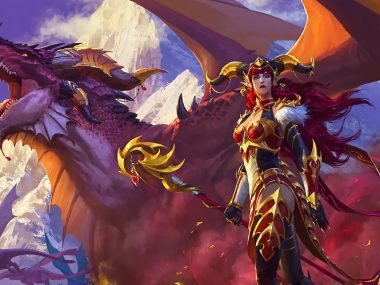Can a live-service game ever truly end? It’s a question that developers are asking themselves as these games age.
The whole point of live-service games is that they can last forever (or for how long publishers are willing to keep the servers online). They’re supposed to provide endless content for players thanks to frequent updates and seasonal events. All while generating recurring income through skins, weapons, in-game currency, among other items. Yet most gamers need a good story to keep them hooked.
When that story reaches a conclusion, live-service games face a dilemma.
The Problem with Endless Stories
Take Destiny 2, for example. Its decade-long Light vs. Darkness saga finally wrapped up with the Final Shape expansion. From a narrative standpoint, this was a success. A satisfying conclusion that tied together ten years of story threads. Players got closure. From a business standpoint, it was a disaster. Unfortunately, developers didn’t follow through with good gameplay mechanics. Then Bungie fired some of the people responsible for making the Final Shape so amazing. Now players are leaving because they’re pissed with the direction Bungie is heading.
Warframe faces a similar challenge. In fact, the main story has gotten very complicated because it’s been going on for so long. New players or those who walked away, then came back will easily be confused. Expansions like The New War and 1999 have made it worse by adding more lore on top of already convoluted storylines. I’m not even sure if the writers understand the lore anymore, let alone know how to bring it to a close.
Finding the Balance
It is possible for live-service games to have the best of both worlds. Small, condensed arcs that tie into an overarching story is the best way to go. Those arcs can reach a conclusion while hinting at a new story in the future. This gives players future content to look forward to that aligns with the business model live-service games need to survive.
Final Fantasy XIV is a good example. Its Endwalker expansion wrapped up a major arc, while leaving room for future expansions. Similarly, Genshin Impact uses regional storylines. Each nation delivers a self-contained arc while slowly advancing a bigger world story.
Longevity doesn’t need to come solely from the story. Rotating content, endgame challenges, or seasonal content can keep players engaged. This approach allows developers to maintain a live-service model without stretching their stories to the breaking point.
A satisfying story doesn’t have to stop the game. It just needs to give players something to care about while keeping the world alive.






